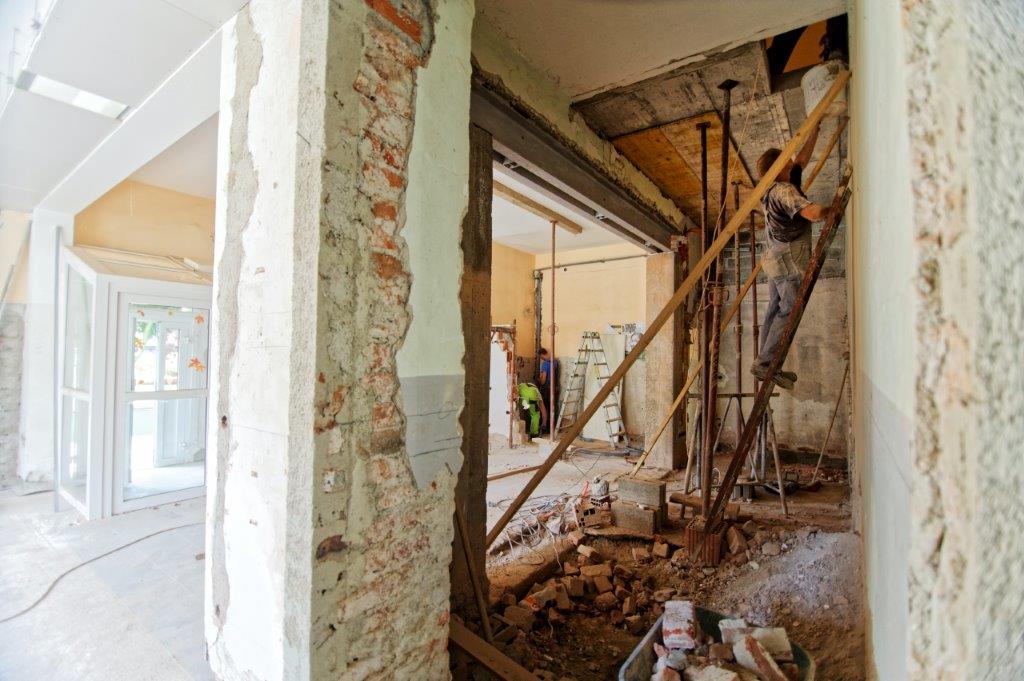
Reducing Exposure to Harmful Elements During a Remodel
Renovating your home is the perfect way to make your space feel fresh and new. It gives a new lease of life to tired rooms and transforms your home into a welcoming retreat. The problem is, traditional renovations come with a host of health risks due to exposure to harmful elements such as VOCs found in paints, sealants, and flooring.
The easiest and safest way to avoid unnecessary health risks is to undergo a healthy remodel. In this post, you’ll learn everything you need to know about health home remodels and how you can make your next renovation project as safe as possible.
What is a healthy remodel?
A healthy remodel is a renovation project designed to support the health of you and your family. Smart design paired with eco-friendly, non-toxic materials gives the highest quality renovation without the unnecessary risk of toxic chemicals and elements.
In a traditional renovation, dust, particulates, fumes, and chemicals are all an accepted part of the build process. Since no precautions are taken to limit the spread of these harmful elements, construction sites are dangerous and occupants are usually advised to stay well away.
Because a healthy remodel focuses on maintaining air quality and reducing harmful elements, occupants can often remain living in the property during the renovation without worrying about the health of family members.
What harmful toxins/elements are people exposed to during a typical remodel?
As well as dust and particulates being a concern, certain toxic substances are common in typical remodels.
Carpets and flooring
Most traditional carpets and laminate-style flooring emit Volatile Organic Compounds (VOCs) for an average of five years after being installed. Synthetic carpets made with nylon release over 40 chemicals including toxic PFAS.
Adhesives and sealants
Adhesives and sealants often used in bathrooms and kitchens also contain dozens of toxic chemicals. These also produce VOCs such as benzene, which are released as a gas and then breathed in.
Common symptoms of VOCs include headaches and eye irritation, which isn’t what you want for your family just after finishing a renovation project.
Paints
Indoor paints, especially solvent-based, also contain many different VOCs including toluene, xylene, ethanol, and acetone. Again, these leach from the paint into the air and compromise the air quality.
How to ensure a healthy remodel
If you’re thinking about undertaking a renovation project, there are several certifications to look out for when choosing your products and services. Here are some of the most recognized certifications that let you know the product is high quality and health-conscious.
Energy Star
The Energy Star Program,run by the U.S. Environmental Protection Agency, is one of the most widely recognized eco-friendly certifications. It rates heating and cooling systems, ensuring the airflow in your home is the best it can be.
Cradle to Cradle
Cradle to Cradle certification means the product is eco-friendly and designed using healthy materials. Products with this certification must also be widely recycled or biodegradable, making them a better alternative for the environment as well as your home.
Greenguard
Greenguard is the world’s leading standard for low emissions of VOCs. This is the badge to look out for when choosing flooring, paints, adhesives, and any other products that traditionally contain high levels of toxic compounds.
In the US, over 400 green building codes give credit for the use of Greenguard certified products.
Safer Choice
Safer Choice is coordinated by the EPA. This reviews product ingredients, performance, pH, and packaging to ensure the product is safe. They also have stringent ongoing checks to ensure products maintain high standards.
Interested in a healthy remodel?
If you’re thinking about renovating but you’re concerned about the health of your family, get in touch today. We offer healthy remodels that keep the health of you, your family, and your home at the center of the entire project.
